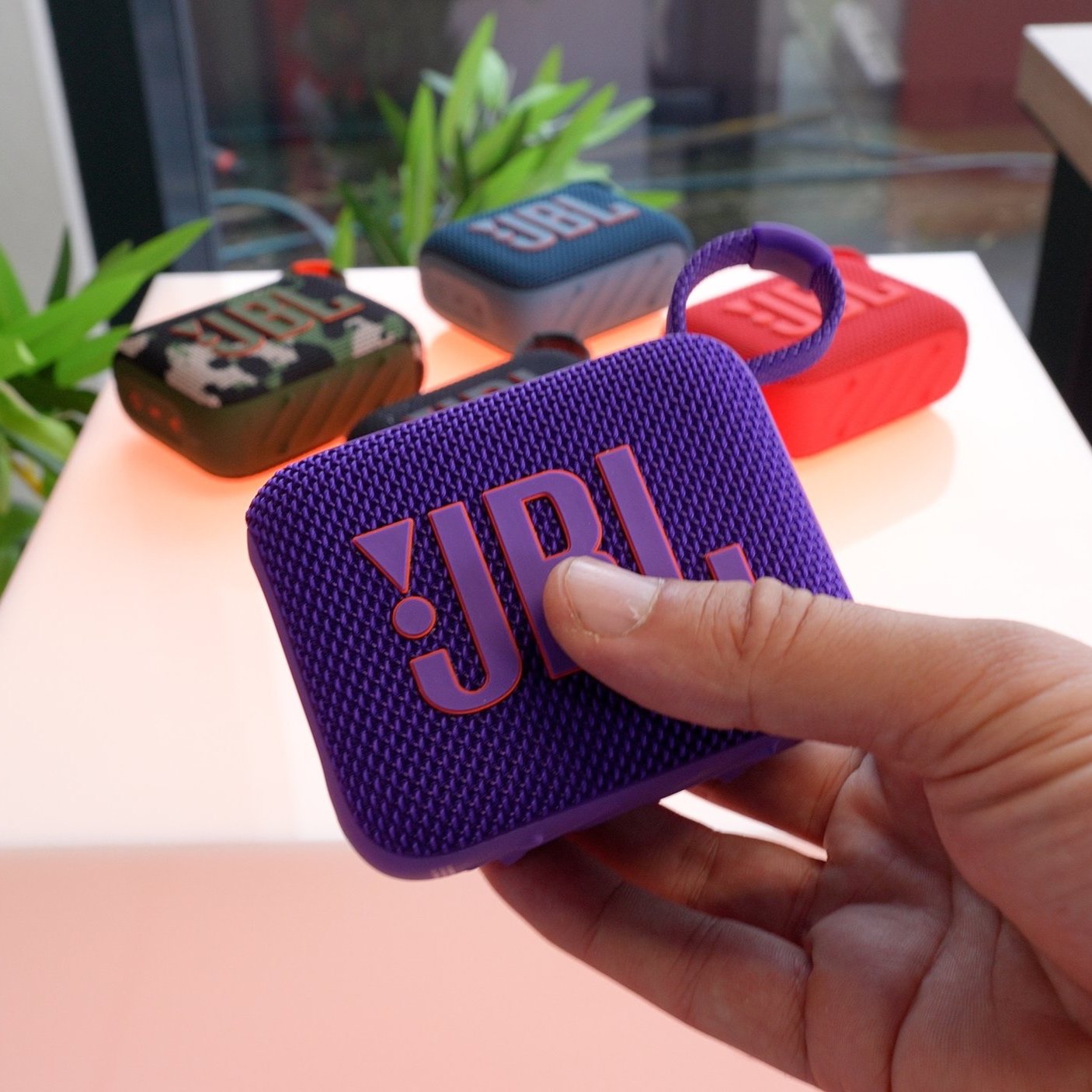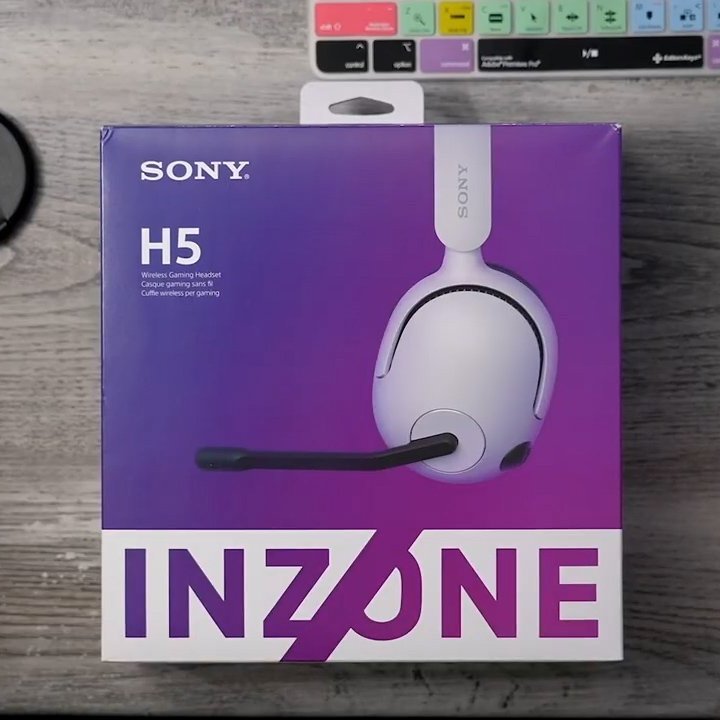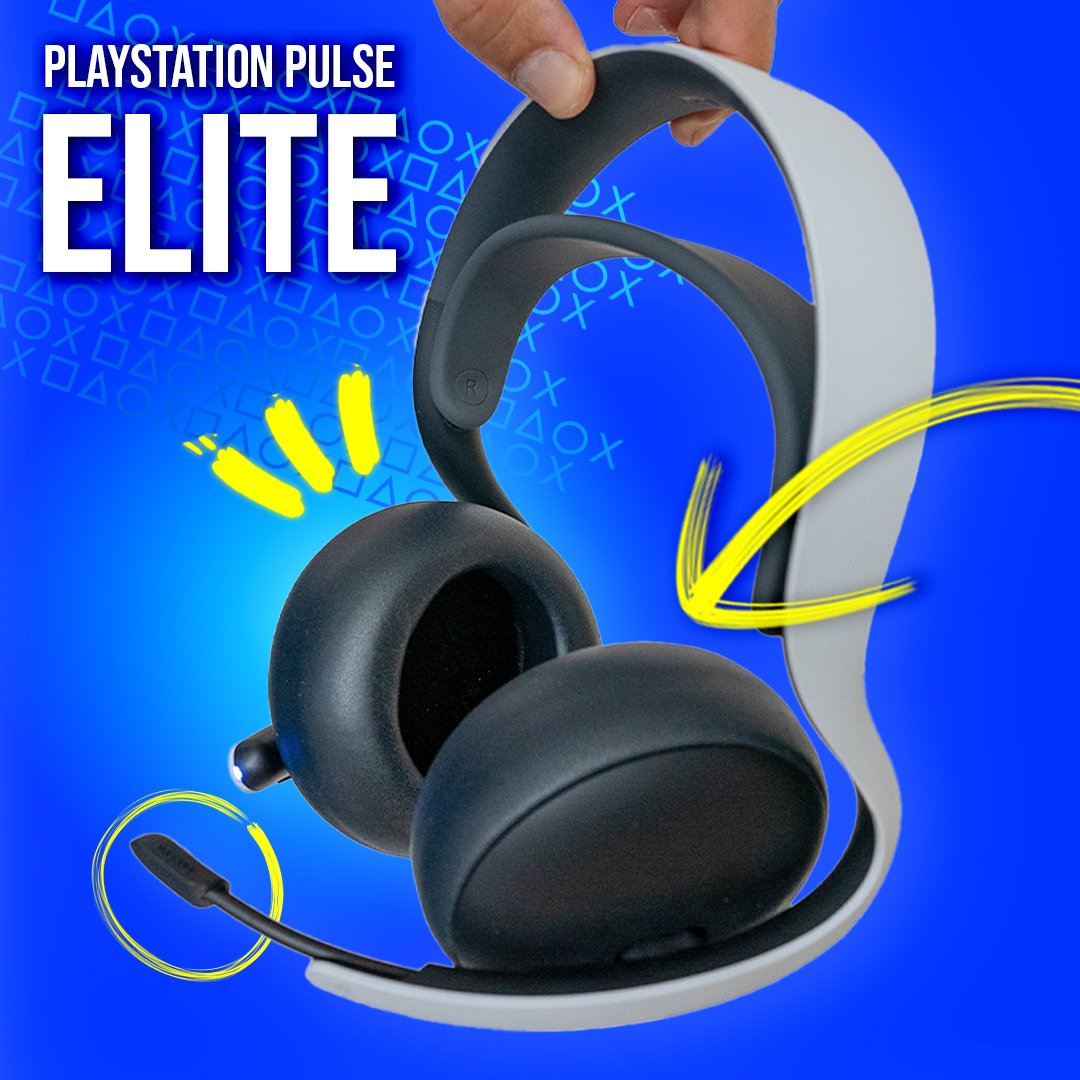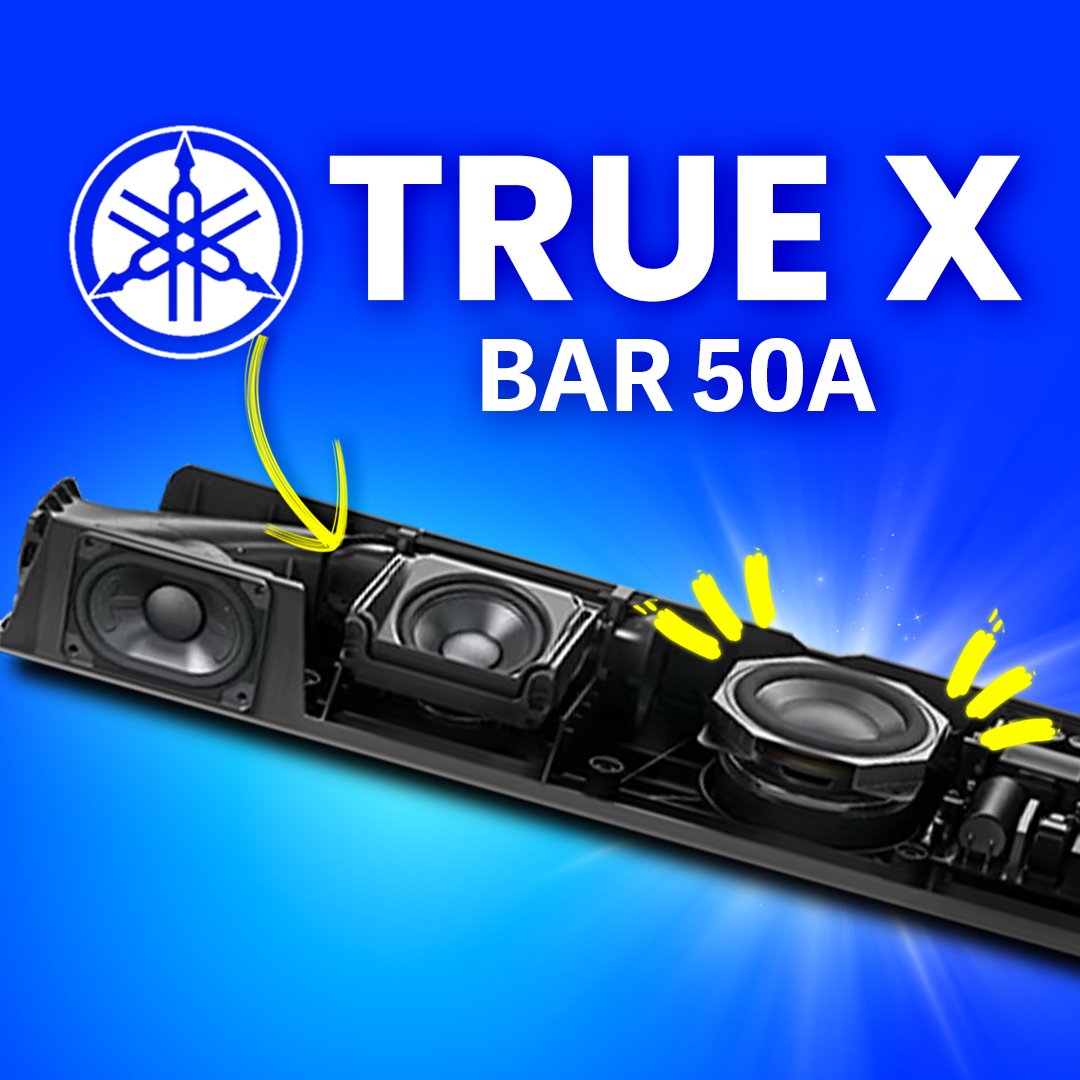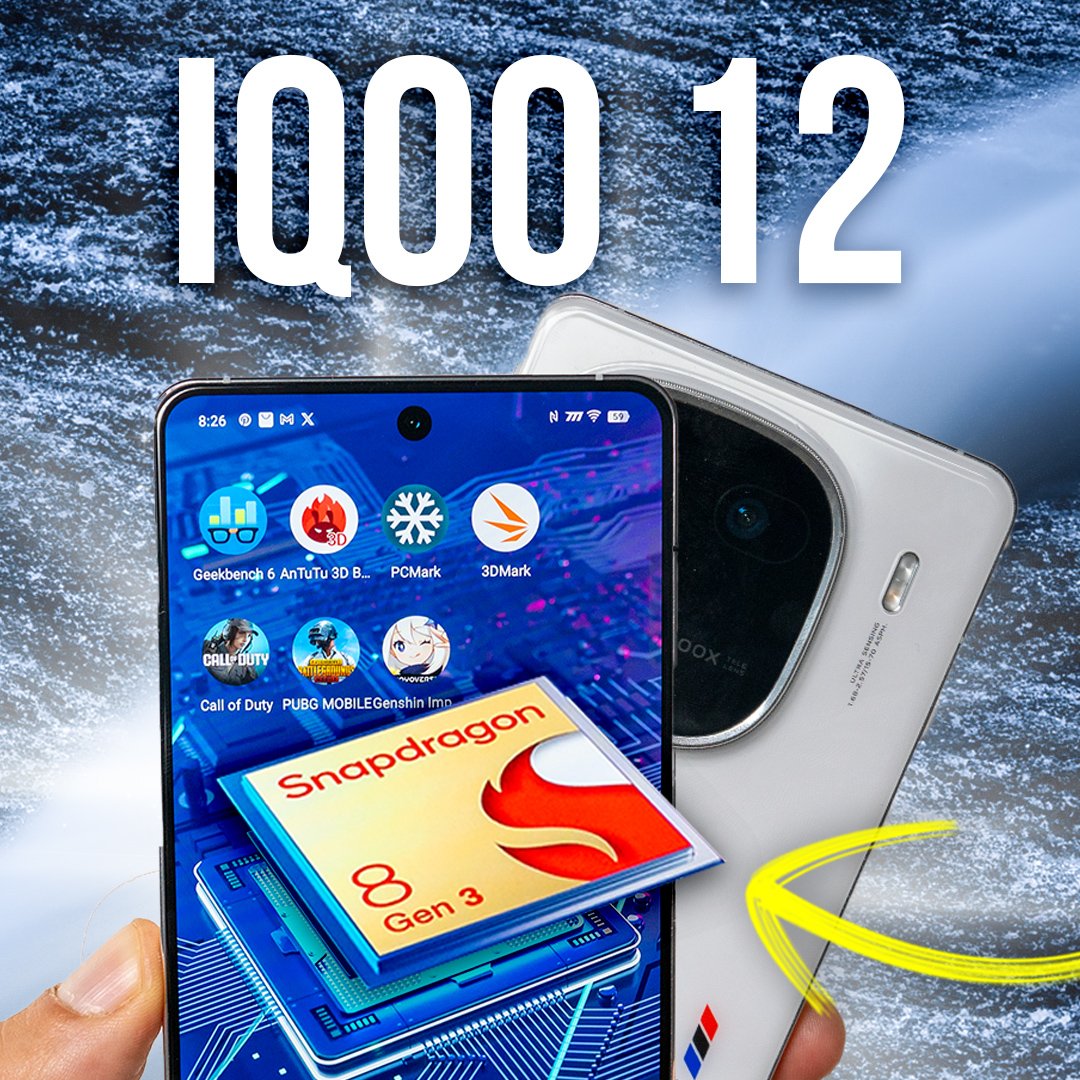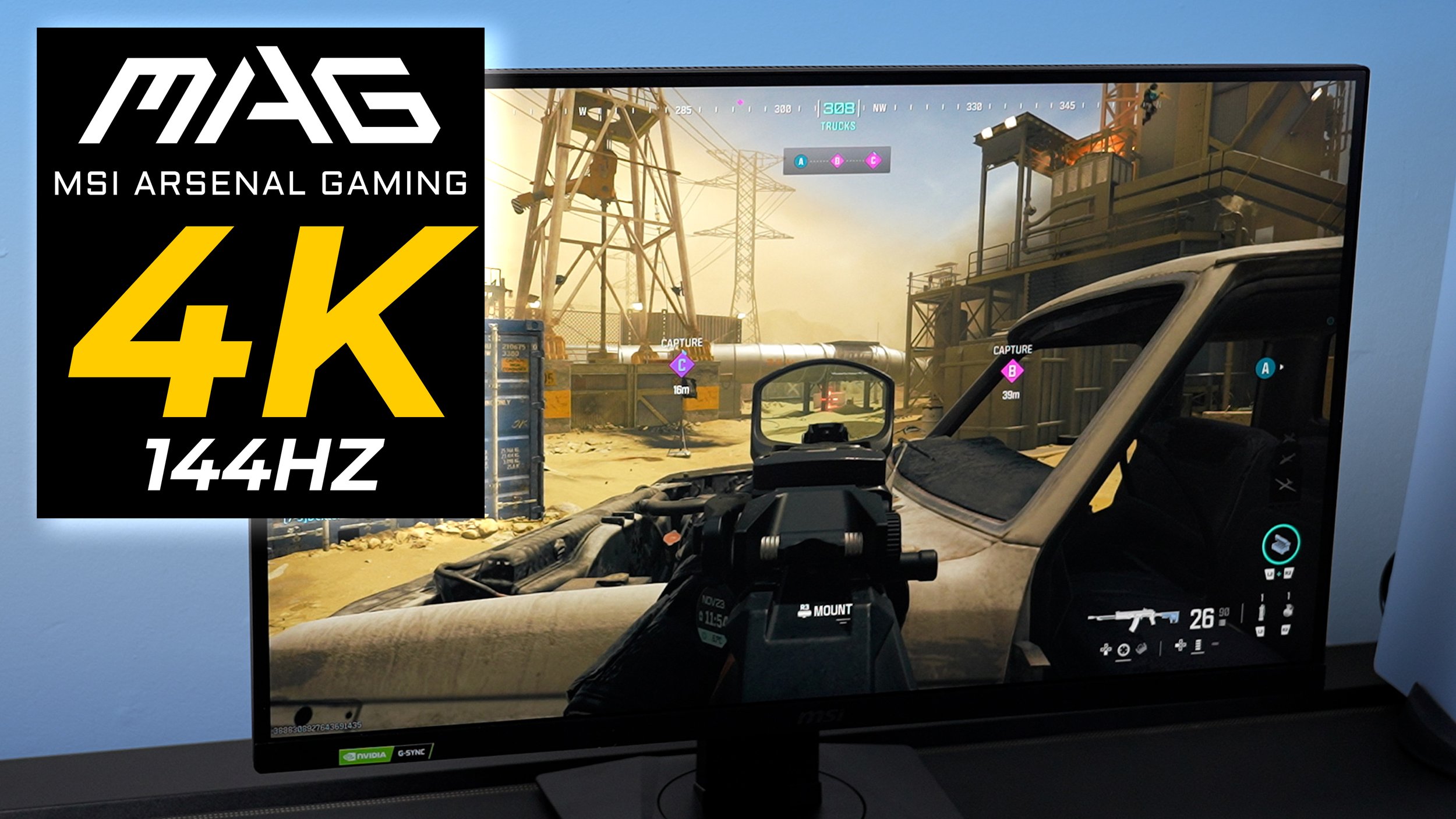Oculus Rift vs. HTC Vive- Which One is Better?
/As virtual reality is expanding, more and more companies are developing VR headsets to provide their users with an exclusive experience. While the Oculus Rift is ready for a commercial release in the first quarter of 2016, HTC Vive is supposed to come at the end of this year. With both the virtual reality headsets ready with their consumer version, it’s time to see which one is better.
Read Also – NVIDIA Announces the Launch of DesignWorks VR
Here is a comparison between the two:
- Design
Design wise, none of the headsets are really great. You won’t be using either of them outside. However, when you are busy playing VR games with them, you will not bother about the design.
The Oculus Rift is sleeker than Vive as the latter has motion trackers in front. The angular paddles of HTC Vive have different elements for functionality within games. They might look odd, but make the headset intuitive.
For Oculus Rift, an Xbox One controller will initially be plugged into a PC. Later in 2016, its own controllers will be released. They will provide simple extensions to your own hands and let you control your thumbs, forefingers and the rest individually.
- Hardware
The Oculus Rift will have two OLED displays with a resolution of 1080 x 1200 pixels for each eye. It will consume 233 million pixels/second and have a refresh rate of 90Hz. The Rift will support 100-degree field of view and 360 degree positional head tracking. To make the device work, you need to use it with a computer. The technical requirements will include Intel i5-4590 processor with 8GB RAM. It has 2x USB 3.0 ports and HDMI 1.3 video output.
The same resolution will also be used by HTC Vive. However, it will have 70 sensors and will work in a 15ft x 15ft tracking space with a wireless camera use. There are front-facing cameras and the headset will be connected to a computer using an HDMI cable.
- Comfort
When it comes to comfort, the Oculus Rift is a bit ahead of the HTC Vive headset. The Oculus Rift is comfortable to wear and does not feel bulky. The structure of the headband keeps the front area from feeling unbalanced.
The HTC Vive is also comfortable to wear but it needs separate headphones, making the headset bulky. The headphones for Rift are built-in.
You can use the Rift while sitting also, which is not possible for Vive.
- Image Quality
Both headsets have same displays of 2160 x 1200 resolutions. The 90Hz refresh rates makes the frame rate high which keeps sickness away and provides a smooth experience for the users. Both are OLEDs which make the image quality sharp and clear.
The prices for both the headsets haven’t been revealed yet. Once the two headsets release in the commercial market, their popularity will be clear. So, you can either wait to get the market review and then decide to buy, or you can just buy anyone of them based on the comparison.
What about you?




